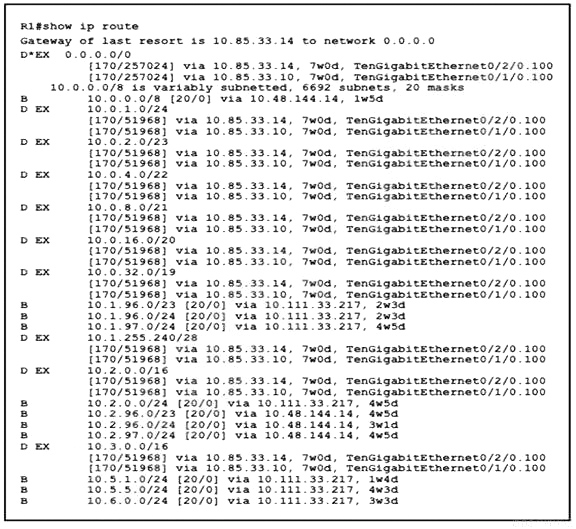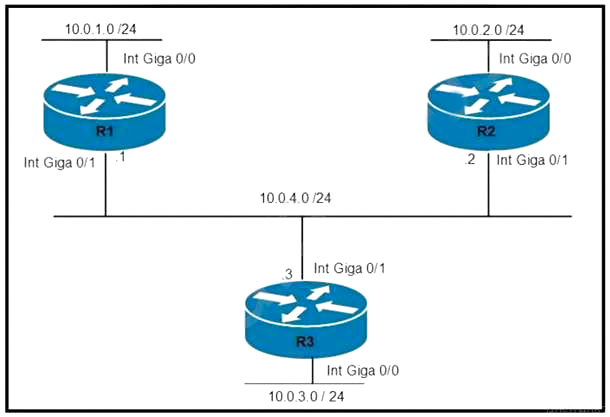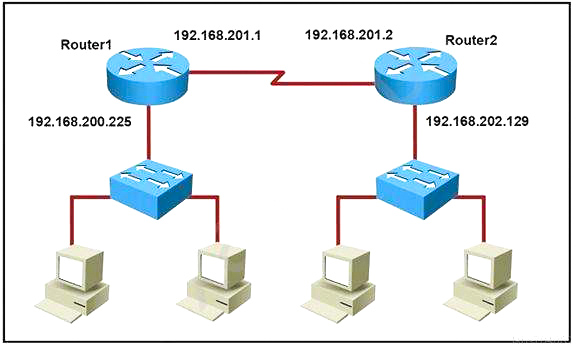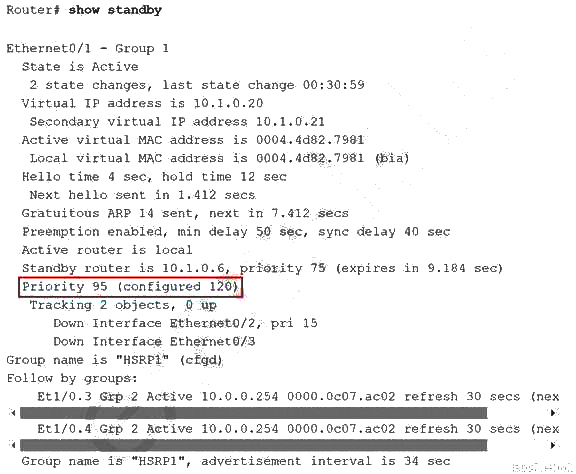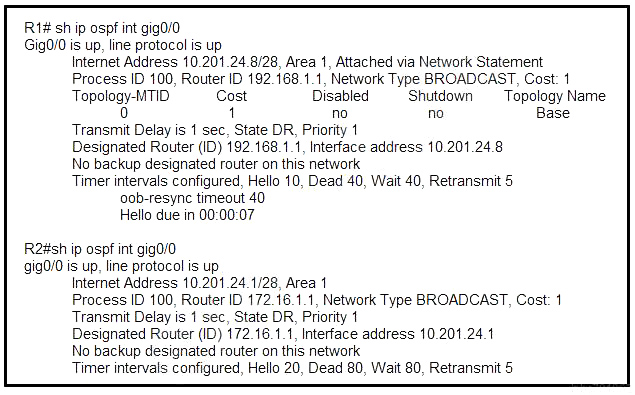Which two statements about exterior routing protocols are true? (Choose two.)
A. They determine the optimal within an autonomous system.
B. They determine the optimal path between autonomous systems.
C. BGP is the current standard exterior routing protocol.
D. Most modern networking supports both EGP and BGP for external routing.
E. Most modern network routers support both EGP and EIGRP for external routing.
A. They determine the optimal within an autonomous system.
B. They determine the optimal path between autonomous systems.
C. BGP is the current standard exterior routing protocol.
D. Most modern networking supports both EGP and BGP for external routing.
E. Most modern network routers support both EGP and EIGRP for external routing.
